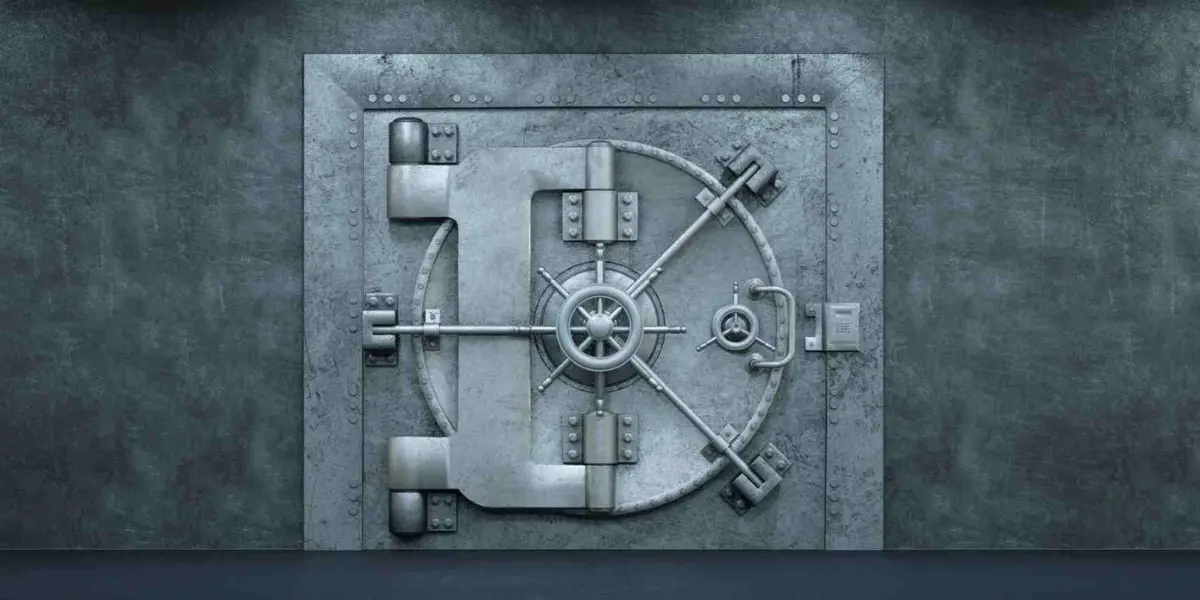Defining the parties and their roles for Software Escrow agreement
The first step in creating a Software Escrow agreement is to clearly define the parties involved and their respective roles. In a traditional three-party escrow agreement, the main parties are:
- Licensor: The software owner or developer who licenses the software to the end-user.
- Licensee: The end-user who licenses the software from the licensor.
- Software Escrow Agent: A neutral third-party responsible for holding and safeguarding the escrow materials.
Each party’s roles, responsibilities, and obligations should be explicitly outlined to avoid confusion and potential disputes.
Identifying the Software Escrow materials
A crucial aspect of a Software Escrow agreement is defining the escrow materials. These materials typically include the source code, documentation, build instructions, and any other related materials required to maintain, update, or enhance the software. It is essential to be specific about the contents of the escrow materials to ensure that the licensee can access and utilize them effectively in the event of a release condition.
It is also important to consider the software delivery model, as the escrow materials may vary for Software as a Service (SaaS) and on-premise solutions. By identifying the specific materials required for each delivery model, you can ensure that the licensee has access to the necessary resources to maintain and support the software in the event of a release.
Establishing release conditions for a Software Escrow agreement
Release conditions are predefined circumstances under which the software escrow materials are released to the licensee. These conditions protect the licensee’s interests by ensuring access to the source code if the licensor fails to fulfill their obligations. Common release conditions include:
- Licensor bankruptcy or insolvency
- Termination of the licensor’s business
- Licensor’s failure to maintain or update the software
- Breach of the software license agreement by the licensor
The Software Escrow agreement should clearly state the release conditions, along with the necessary steps and documentation required to initiate a release.
Defining the Software Escrow verification process
Verification is an essential component of a Software Escrow agreement, as it ensures that the deposited materials are complete, accurate, and functional. The agreement should outline the verification process, specifying the scope, methodology, and frequency of verification. Additionally, the roles and responsibilities of the parties involved in the verification process should be clearly defined.
Setting the maintenance and update requirements when doing a Software Escrow agreement
To ensure that the escrow materials remain current and usable, the Software Escrow agreement must define the maintenance and update requirements. This includes specifying the frequency of updates, the types of updates required (e.g., bug fixes, security patches, enhancements), and the process for notifying the escrow agent and licensee of updates.
Detailing the rights and obligations of the parties involved in a Software Escrow agreement
The Software Escrow agreement should establish the rights and obligations of each party. These may include:
- Licensor’s obligation to deposit the escrow materials and provide updates as required.
- Licensee’s right to access the escrow materials upon the occurrence of a release condition.
- Escrow agent’s responsibility to maintain the confidentiality and security of the escrow materials.
Additionally, any restrictions on the use of the escrow materials after release should be outlined to protect the licensor’s intellectual property.
Addressing confidentiality and security in a Software Escrow agreement
Confidentiality and security are paramount in a software escrow agreement to protect both the licensor’s intellectual property and the licensee’s business interests. The agreement should contain provisions to ensure that the escrow agent maintains the confidentiality of the escrow materials and follows strict security measures to prevent unauthorized access, disclosure, or misuse. This may include:
- Implementing physical and digital security measures to safeguard the escrow materials.
- Restricting access to the escrow materials to authorized personnel only.
- Mandating non-disclosure agreements (NDAs) for all parties involved in the escrow process.
A well-drafted Software Escrow agreement is essential for protecting the interests of both the licensor and licensee. By clearly defining the parties and their roles, identifying the escrow materials, establishing release conditions, outlining the verification process, setting maintenance and update requirements, detailing the rights and obligations of the parties, and addressing confidentiality and security concerns, you can create a comprehensive agreement that serves as a solid foundation for a successful software licensing relationship. As a result, both parties can confidently navigate the complexities of software licensing and focus on achieving their respective business objectives.
Since 1976, Vaultinum has been providing comprehensive software escrow solutions. Its services offer direct GitHub connections or secure online deposit with encryption to guarantee the latest version of the source code, tailored services for both SaaS and on-premise software, and verification of escrow materials by IT experts. With Vaultinum’s user-friendly dashboard, multiple users can access critical information and manage their escrow accounts with ease. Additionally, Vaultinum’s commitment to data security is exemplified by its privately-owned sovereign servers based in the EU. Trust Vaultinum to safeguard your intellectual property and provide a reliable software escrow service that caters to your unique needs.
Disclaimer
The opinions, presentations, figures and estimates set forth on the website including in the blog are for informational purposes only and should not be construed as legal advice. For legal advice you should contact a legal professional in your jurisdiction.
The use of any content on this website, including in this blog, for any commercial purposes, including resale, is prohibited, unless permission is first obtained from Vaultinum. Request for permission should state the purpose and the extent of the reproduction. For non-commercial purposes, all material in this publication may be freely quoted or reprinted, but acknowledgement is required, together with a link to this website.

